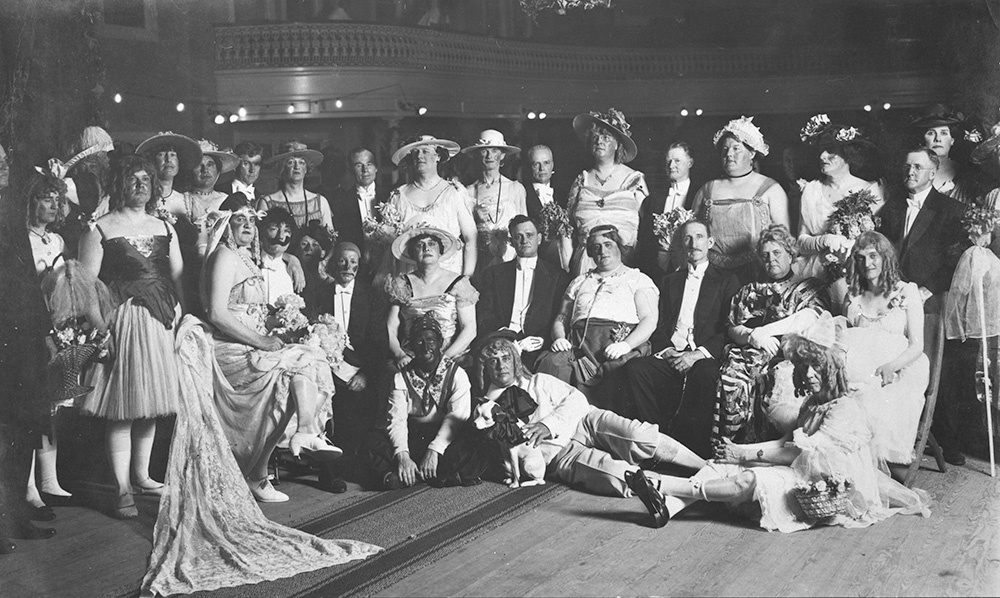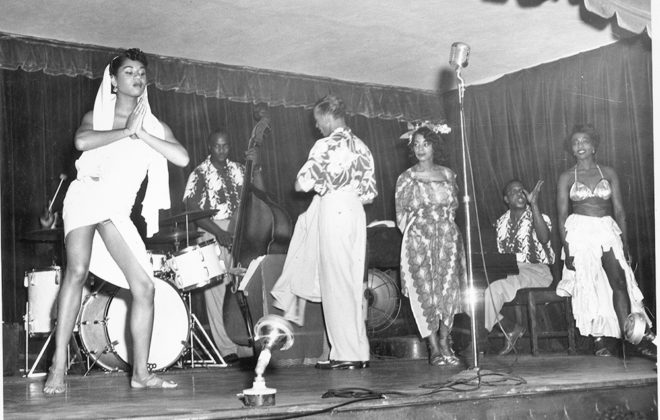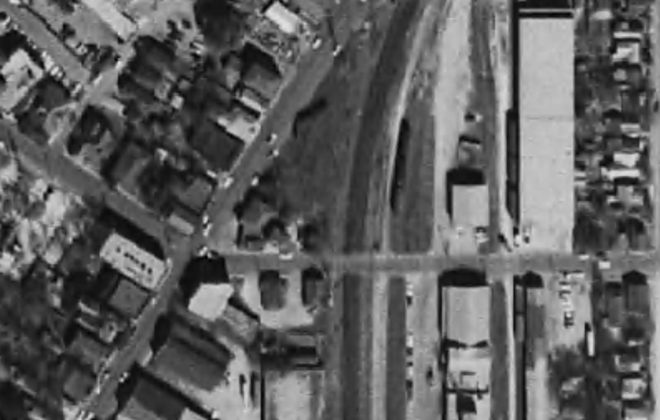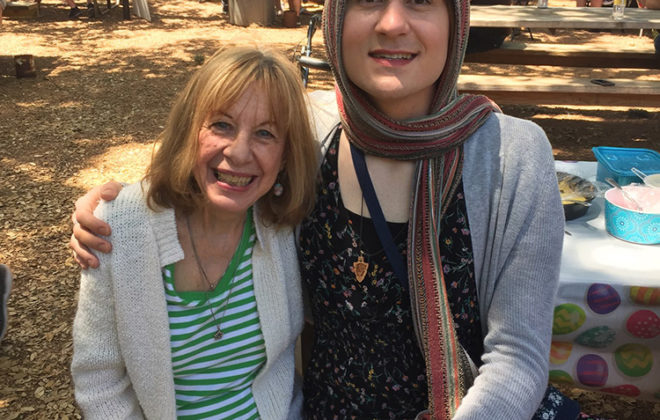The Duchess of Cauliflower and Other Gender Bending Spectacles in the Alamo City
Disclaimer:
By Amy L. Stone (@amylstone1)
The stereotypical image of Texans is one of gender conformity. The rugged Texas male rancher. The woman who follows the adage “the higher the hair, the closer to God.”
These images often ignore the long history of cross-dressing and gender bending in Texas and other parts of the South. In his book about lesbian and gay life in Arkansas, historian Brock Thompson shows how a history of cross-dressing rituals have been a part of Southern history. Thompson highlights the popularity of 20th century rituals that center on men wearing women’s clothes, including GI drag balls during the war, powderpuff football, fraternity hazing, and “Womanless Weddings.”
There is a long history of public cross-dressing and gender bending in San Antonio. Fraternity hazing at UTSA and other San Antonio colleges used to include cross-dressing for men (and sometimes women). Womanless weddings were a scripted show of a wedding in which all the participants were men. These events were often performed as church or charitable fundraisers. These rituals were all common in San Antonio as well, including a Womanless Wedding performed as a fundraiser for war bonds for World War I that featured prominent San Antonio resident architect Atlee B. Ayres.
Before World War II, there were stories of cross-dressing, particularly in parades and in mock coronations during Fiesta. The popular satirical “burlesque parades” of Fiesta in the 1910s often featured men wearing dresses. In 1915, the Pageant of Caliph paraded in the streets and featured “Suffer-Yets” in hoop skirts mocking the suffragettes. In 1916, the burlesque parade ended on the Alamo Plaza with a mock coronation of two men dressed as King and Queen that ended in a brawl within the wedding party and staged arrest by police. The San Antonio Light newspaper reporting declared it to hold “more genuine amusement for the public than anything ever produced in San Antonio.”
In 1925, members of the Conopus social club held a mock coronation at the Menger Hotel. Male member of the club wore dresses, were escorted by dukes down the aisle of the room, and had names like “Lady Skinny of House of Gresham, Queen of the Blue Bonnets.” Other members were crowned the Princess of the Rain Lilies, the Duchess of the Liberty Flours, and the Duchess of the Cauliflowers. This mock coronation satirized the Coronation of the Queen of the Order of the Alamo, an effort that was taken up full force by the show Cornyation in 1951.
These festivities suggest that men dressing in feminine clothes in public was considered a humorous satirical spectacle, but was not considered unusually deviant behavior. White men could engage in the thrill of being transgressive in public without it threatening their gender or status.
This cross-dressing was often consumed by the crowds watching it as entertaining and hilarious. The opposite—women dressed up in masculine clothes—was rarely considered as humorous.
Some of these performances were a more serious, professional spectacle. In the 1930s and 1940s, San Antonio’s vibrant downtown included several establishments where guests could watch female impersonators. Female impersonators came out of the vaudeville tradition and performed in circuits across the United States. Several well-known female impersonators came to perform in the Alamo City. Many of these female impersonators insisted upon their heterosexuality.
It was not until the 1960s and 1970s that drag, a form of theatrical cross-dressing usually performed by gay men, emerged in San Antonio. For the growing gay and lesbian community, drag could not be performed at the handful of gay and lesbian bars in the center of the city. One had to go out into the country in order to see and perform drag.
One of the first known drag shows in San Antonio was performed at a place called “the country” on May 5, 1963. The Country was a bar officially named Paul’s Grove on the northern outskirts of town. The show was put on by some of the designers and performers of the Cornyation, which was being performed as part of the Night in Old San Antonio during Fiesta. Although there was no drag in the Cornyation show, the designers put on a drag show after Fiesta was over, inviting some members of the public out to the remote gay bar. The show featured Carolyn Weathers, a young lesbian attendee of the country, as masters of ceremony, reading announcements of drag queens that mocked the Coronation of the Queen of the Order of the Alamo. The announcements emphasized the grandeur and beauty of the queens’ costumes with many double entendre. For example, this was the announcement for the Duchess of the Battle of the Flowers.
“This costume is decorated in lovely shades of aqua and pink – and white – and black and yellow. (Just like Aurora – multicolored.)
Around her lovely body is a great big box – – wouldn’t you know it? (Flower box, of course.) Decorated with the flowers of last spring.
On her head is a lovely cloche of synthetic materials and handpicked autumn leaves.
Her train trails bolts of lovely turquoise satin imported from Siam. The black designs are hand-woven in Travis Park by fairies (for fairies.) Her black bottom represents the fountain of joy.”
There are many references here to gay culture, including Travis Park and fairies. Travis Park was known as a cruising ground for young gay men, and effeminate gay men at the time were often called “fairies.”
In the late 1960s and early 1970s, San Antonio residents could go to the Ponderosa down in Von Ormy, on the far side of the Latinx-majority Southside of the city. The Ponderosa served mostly a clientele of Latino gay men and lesbians. The bar had regular drag competitions for titles like Miss Sweetheart, Miss Cinco de Mayo, and the Queen of Soul. The Queen of Soul pageant would attract Black drag queens from all over the South.
Now in San Antonio, there are a wide variety of options for experiencing cross-dressing, watching, or performing drag. There is a drag king troupe in the city called Los Mentirosos, regular drag shows at venues like Luther’s and the Heat, and widespread coverage of drag shows like Ru Paul’s Drag Race.





